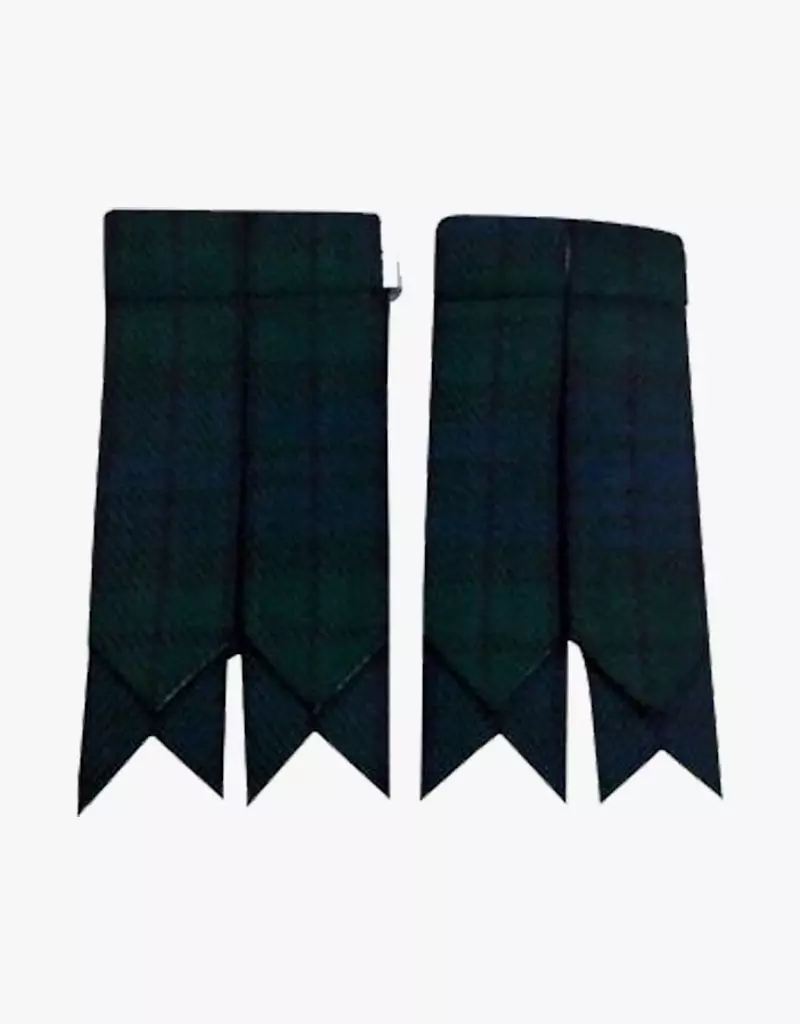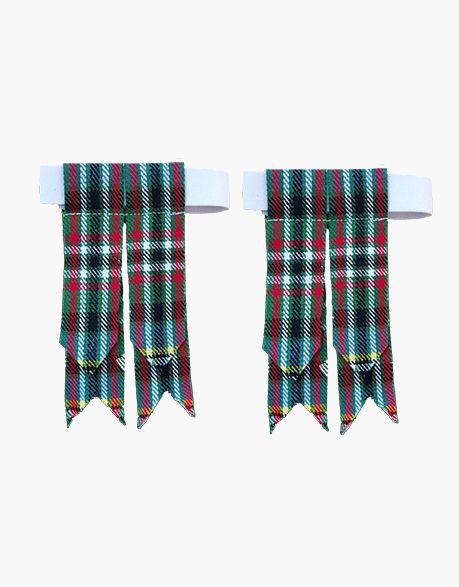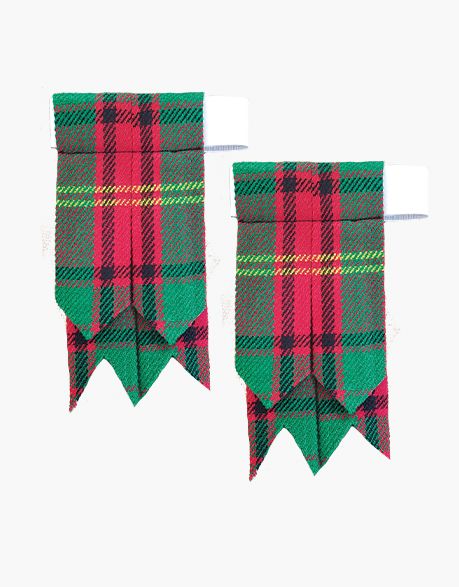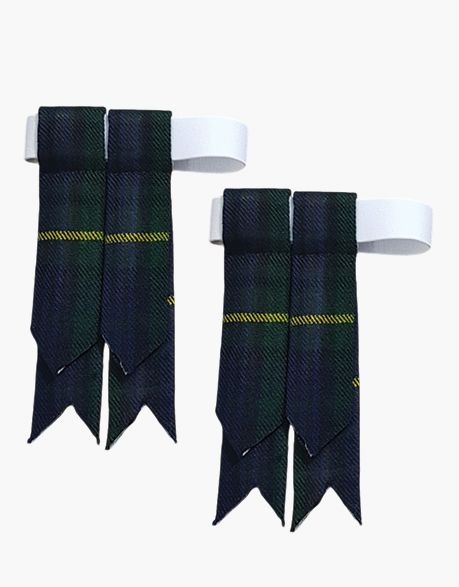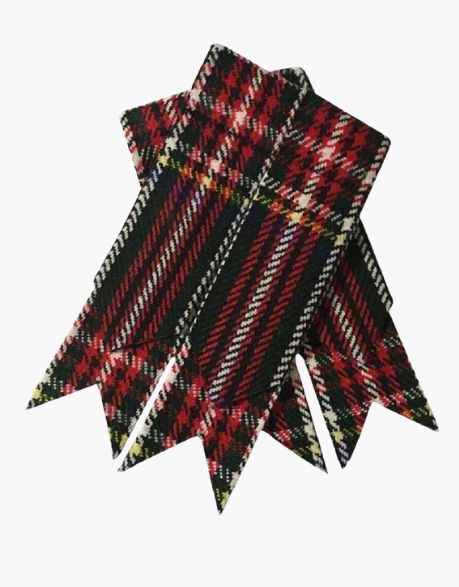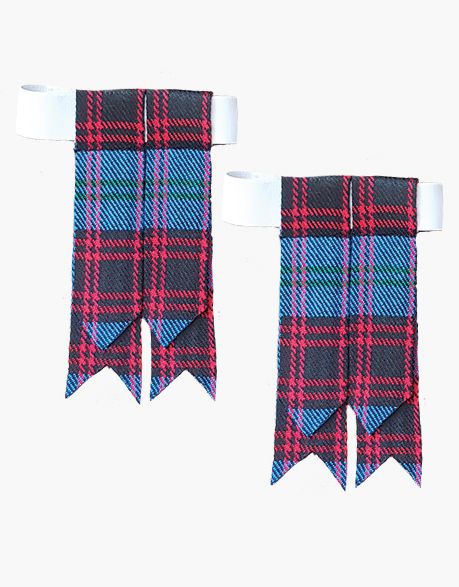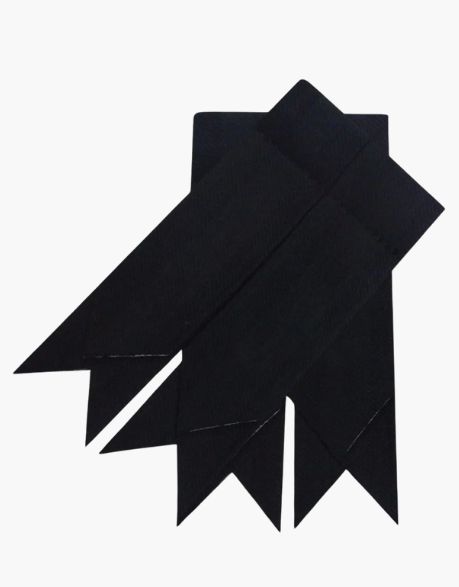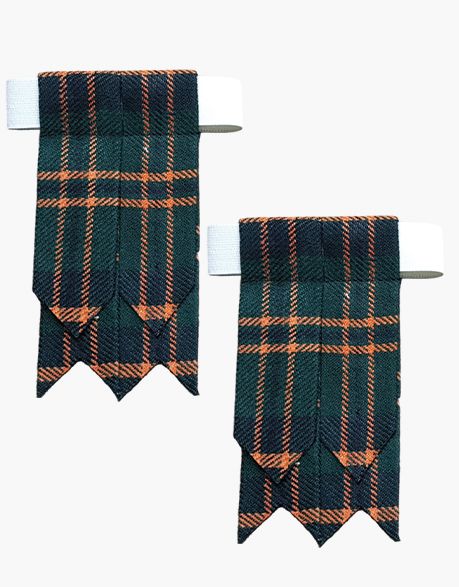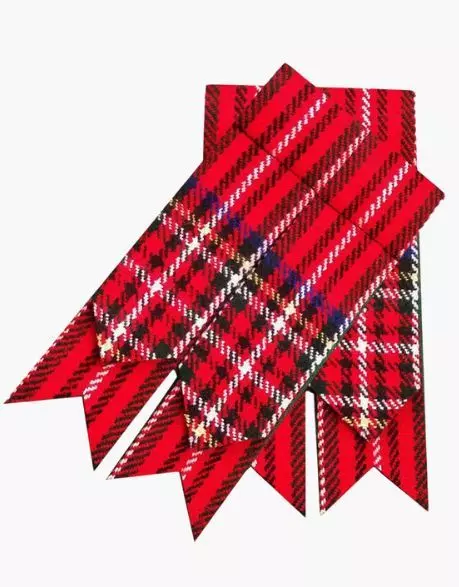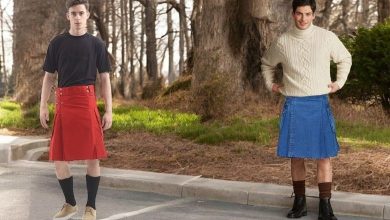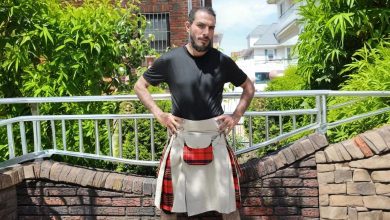Kilt Flashes: Why, Where, and How They Are Used

Kilt flashes may be small, but they are one of the most essential components of a traditional Scottish kilt outfit. Highland dress includes many components, all are equally important regardless of their size. Kilt flashes are equally significant, even the Scottish attire remains incomplete if this small accessory is not attached. This article aims to tell you everything about kilt flashes: their uses, where to attach them, their origin, and the best ones to buy. So, without a delay, let us start the discussion.
Table of Contents
ToggleUses of Kilt Flashes
Though small in size, kilt flashes, also known as garter ties, serve as the backbone of Highland dress. Its use in multiple aspects makes it the most important part, while its connection to history results in making it a valuable entity. Its uses are given below:
Holding the Socks
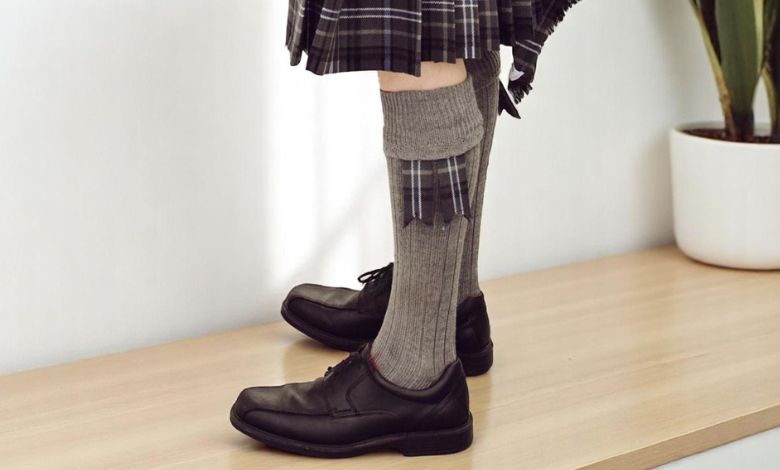
Kilt flashes are a pair of fabrics attached with elastic. Pieces are joined with each other as a V shape. They are traditionally worn on both legs, just below the knee. Usually their craft takes place with fabrics having solid colours and complementing the kilt or tartan that makes the kilt. Garter ties are attached to the calf just under the knees. They strongly hold the kilt hoses and do not let them fall.
Decorative Entity
Beyond their practical function, flashes also act as decorative elements that complete the outfit. No attire other than Scottish outfits has this kind of accessory which means it serves as a way to make the attire beautiful too. It looks beautiful on wearers adding a charm to their dress.
Admiring the Heritage
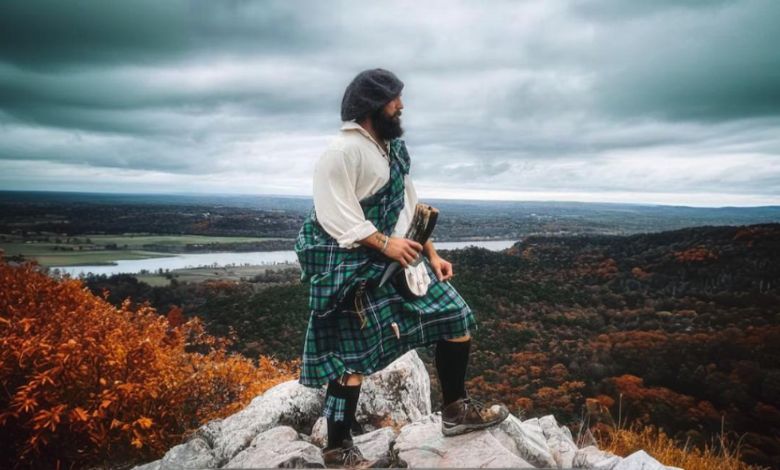
The role of kilt flashes in admiring Scottish culture is significantly higher. Let us explain it with the example of the kilt which you wear today. Its origin traces somewhere back in the 16th century but Scots still wear it as a sign of heritage or history. They still admire the tartan patterns their forefathers used to wear once.
Surprisingly, garter ties date back to well before the invention of the modern kilt. Historical evidence links their use to the era of the “féileadh mòr,” the early form of the kilt.” Being the part of kilt outfit in this era reveals that flashes also admire the Scottish heritage and people use them for particular purposes other than practicality.
How They Came into Being
While we’ve discussed when flashes originated, it’s also important to explore how they came into being. Back in the times, when kilts were “Feileadh Mor” people wore kilt hoses (long socks) to keep their shins warm. However, the fabric’s weight did not let the socks stay there for an extended duration.
People then used ribbons to hold the socks on top and keep the shins warm. It shows that the first form of garter ties was not a fabric but a ribbon. Over time, the simple ribbons evolved into the modern kilt flashes. They are typically made from tartan fabric and attached to a piece of elastic.
Tips to Choose the Right Flashes
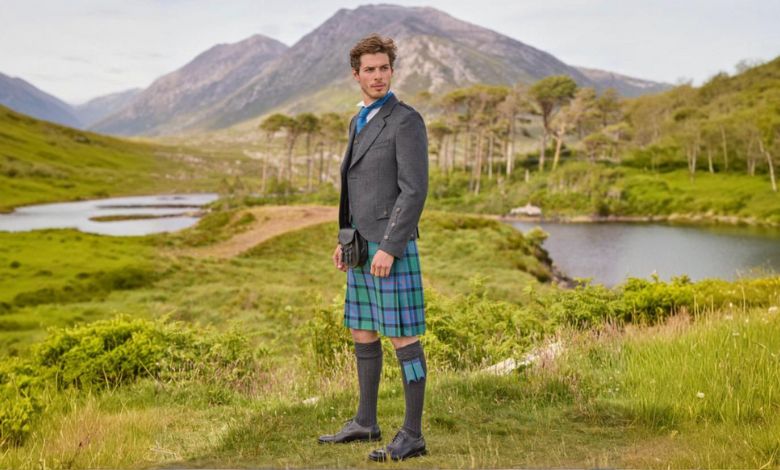
Choosing the right kilt flashes involves three key steps to ensure a perfect match with your outfit:
- Choose tartan flashes that should be of the same patterns your kilt has.
- If you want a little modern appearance go with a pair of a sold-coloured flash. Usually black, white, green, and saffron are the top choices.
- You can also wear flashes with another tartan to show allegiance with some clan.
Flashes That You Should Consider Using
Approach Utility Kilt UK for Exceptional Flashes
At Utility Kilt UK, we take pride in offering high-quality kilts and kilt flashes that honor both tradition and style. Whether you’re dressing for a formal Highland event, paying tribute to your heritage, or simply embracing the charm of Scottish attire, our collection has something to suit every look. From classic tartan flashes to bold solid colors, the construction of each part involves extreme care and authenticity. Your heritage deserves the best—choose Utility Kilt UK.
